Conclusion
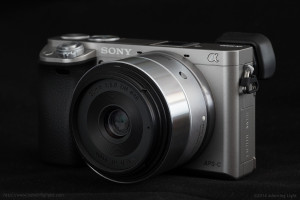 Pros
Pros
- Small body that handles well due to the comfortable grip
- Well placed buttons and dials for such a small camera and the wide array of control customization allows you to set up the camera how you like to shoot
- EVF is low-lag, large and clear (despite a lowering in resolution from the NEX-6)
- Excellent image quality, with very high levels of detail from the 24 Megapixel sensor
- Outstanding dynamic range and color response
- High ISO retains excellent detail while keeping noise at an acceptable level
- Very quick autofocus with phase detection covering the entire sensor and providing some of the best continuous autofocus in the mirrorless world
- Super-fast 11 frame per second burst mode, even while tracking motion
- Responsive body with low shutter lag
- Vastly improved menu system over its predecessors
- Wi-Fi provides many features and the ability to remotely control the camera and transfer images
- App store allows for adding of features to the camera (though at an extra cost)
- Excellent face detection algorithms
- Good video features and quality
- Price!
Cons
- Build quality is a step down in feel from the NEX-6, with a less durable finish and a flimsier rear screen
- 16:9 aspect ratio on rear screen produces a smaller image than competitors
- RAW files are compressed, which can cause some artifacts even at low ISO if the images are pushed hard
- Remote control app is laggy and slow
- No in-camera RAW conversion capability
- Apps in the PlayMemories store can be expensive
- No GPS capability, even through a smartphone
- No included external battery charger
The Sony a6000 is the latest in a very long line of APS-C mirrorless cameras from Sony, and with this model, Sony was aggressive in establishing the feature set at such a price. For $649, the a6000 packs a ton of power into its small body. The excellent 24 megapixel sensor produces fantastic quality in the images, while the new hybrid autofocus gives the a6000 some of the best continuous focusing in the mirrorless market. However, the biggest thing for me was the fact that the a6000 fixes almost all of the infuriating quirks that drove me nuts about the NEX-6 and NEX-7. The interface is streamlined, customizable and vastly improved over its predecessors. Put in the incredible response and 11 frame per second shooting, and you have a camera that punches far above its weight.
The camera does feel a little more cheaply built than the NEX-6, though it is still a tightly assembled camera. The a6000 is somewhat of a difficult camera to evaluate when you compare it to the competition. The price of $649 puts it firmly in the mid range with regards to price, and the build quality is right at home at this price point. However, the extremely robust feature set and high image quality make the a6000 feel like a camera that is much higher end than the price would indicate. The a6000 is one of the few Sony cameras I have taken an immediate liking to, and I thoroughly enjoy shooting with this little wonder. With the features, quality and aggressive price, I feel confident in saying that the a6000 is currently the best value in mirrorless. It’s hard to get more bang for your buck than this little gem.
Sample Images
Click to enlarge an image
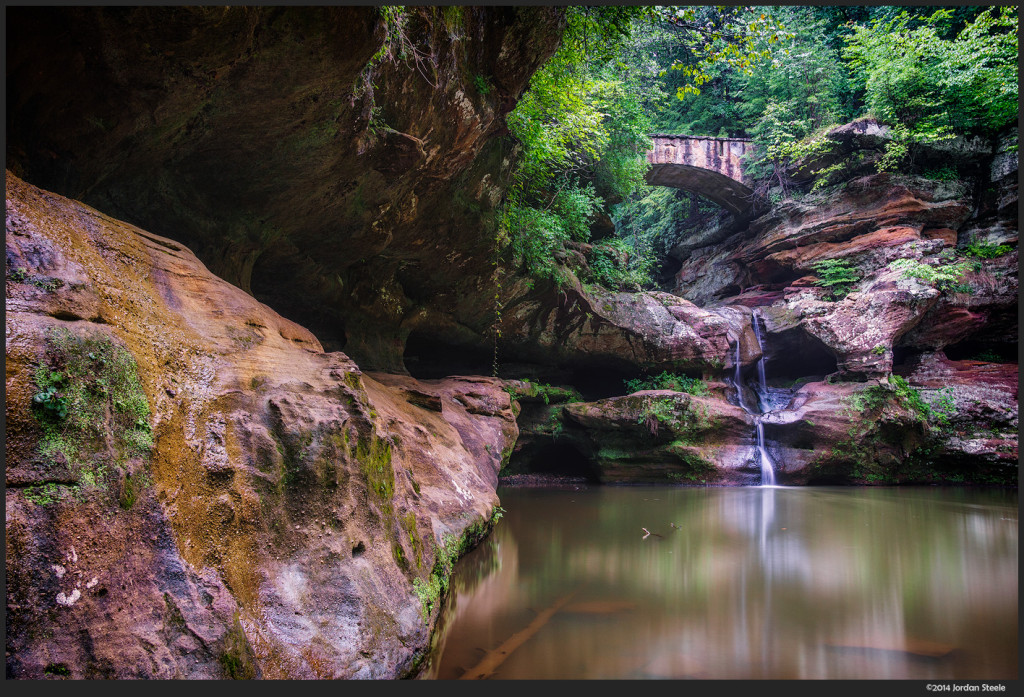

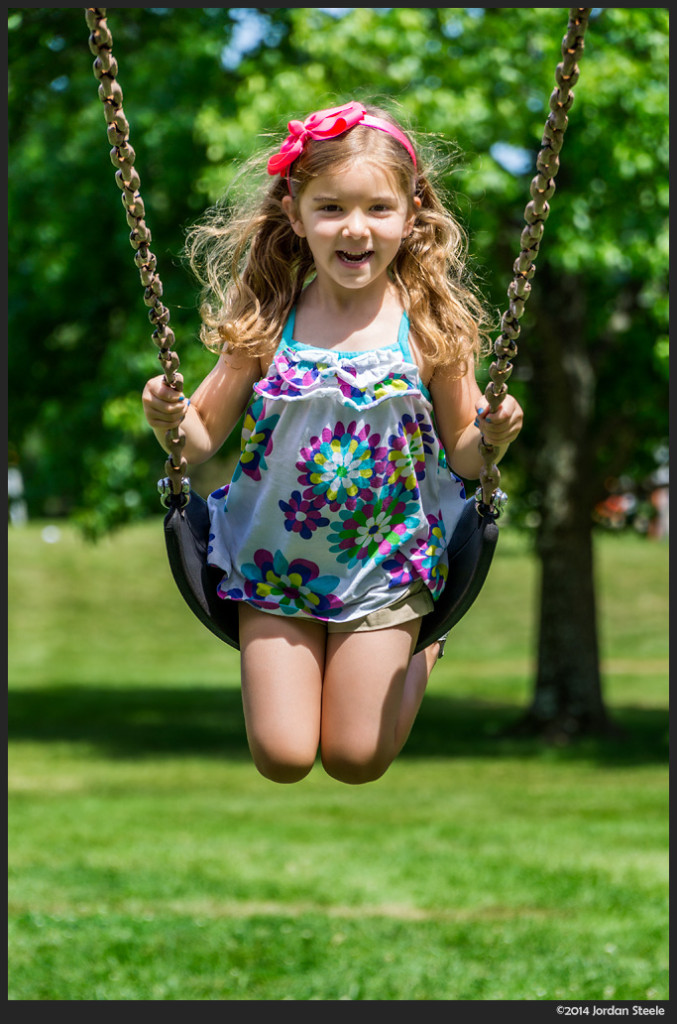

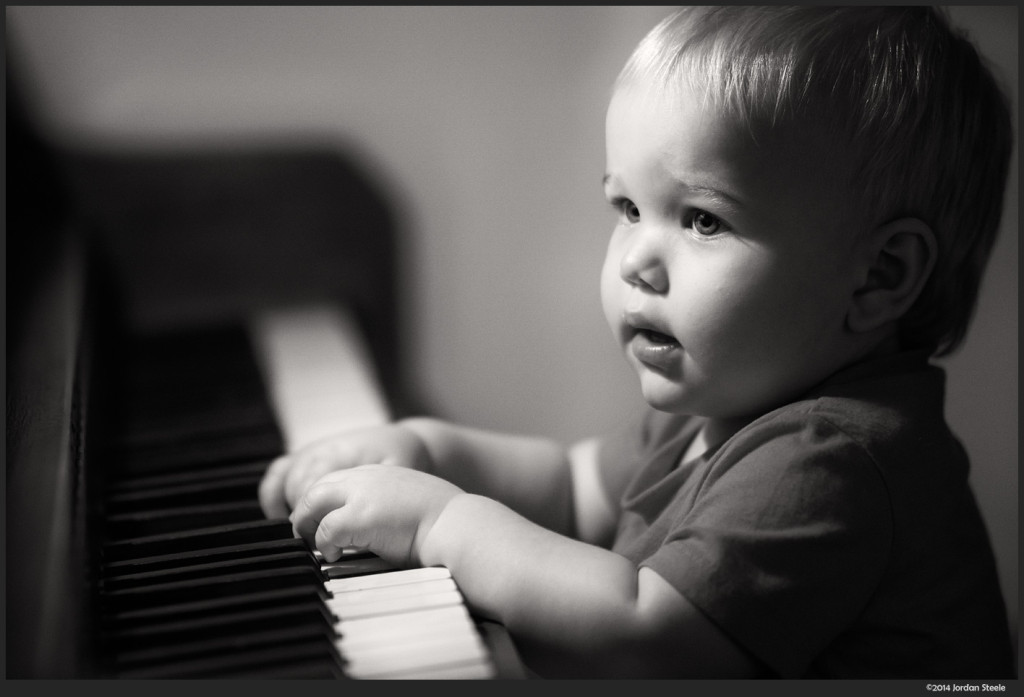
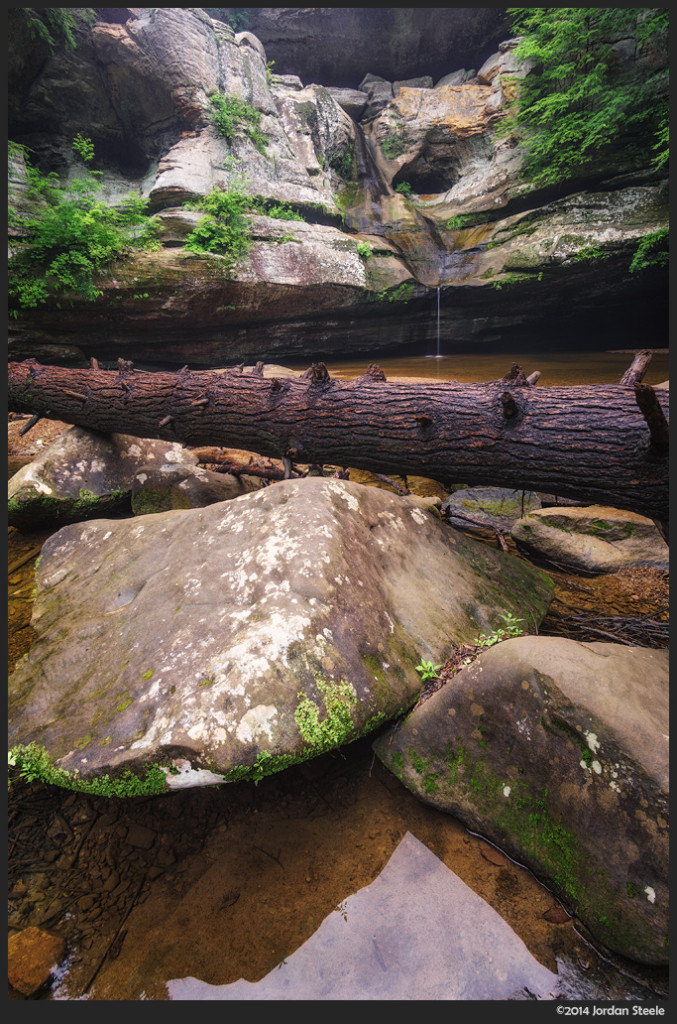


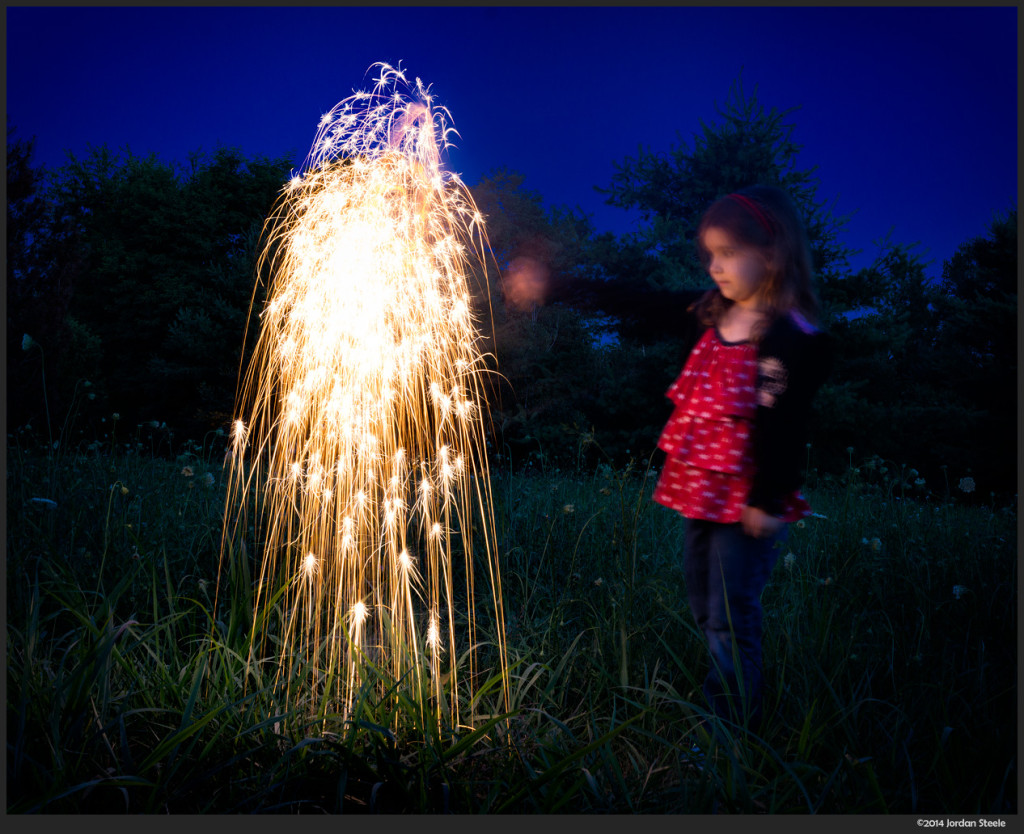

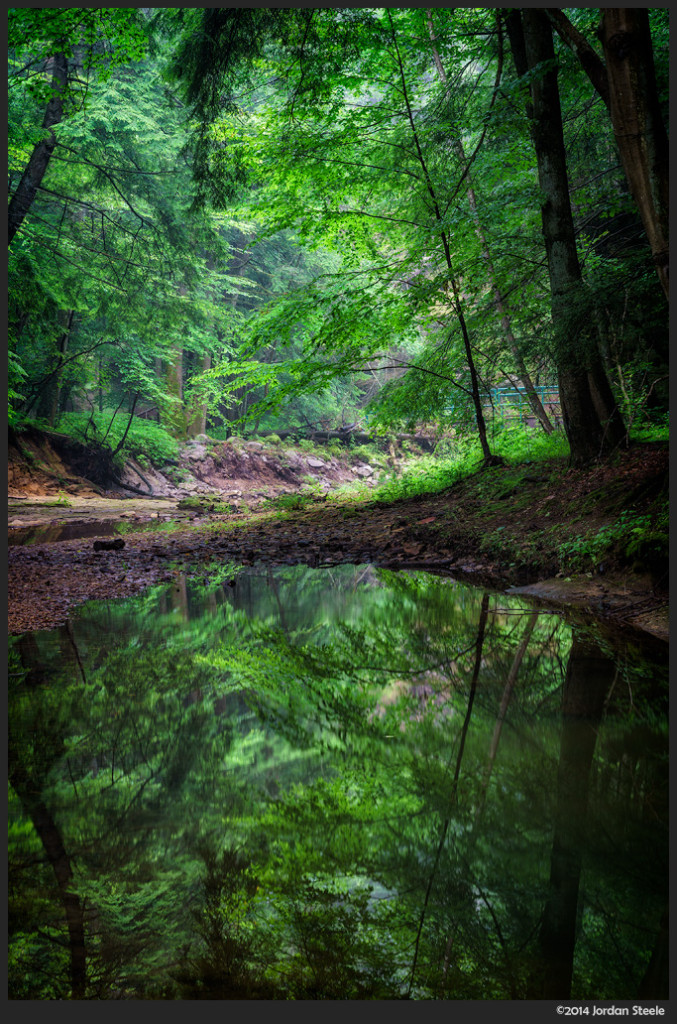


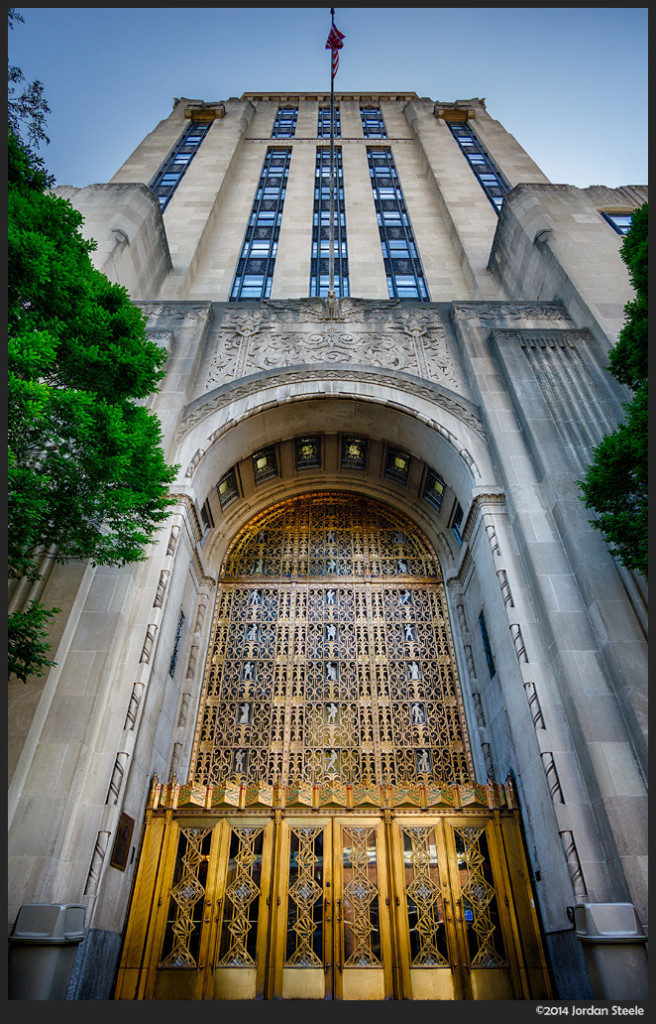

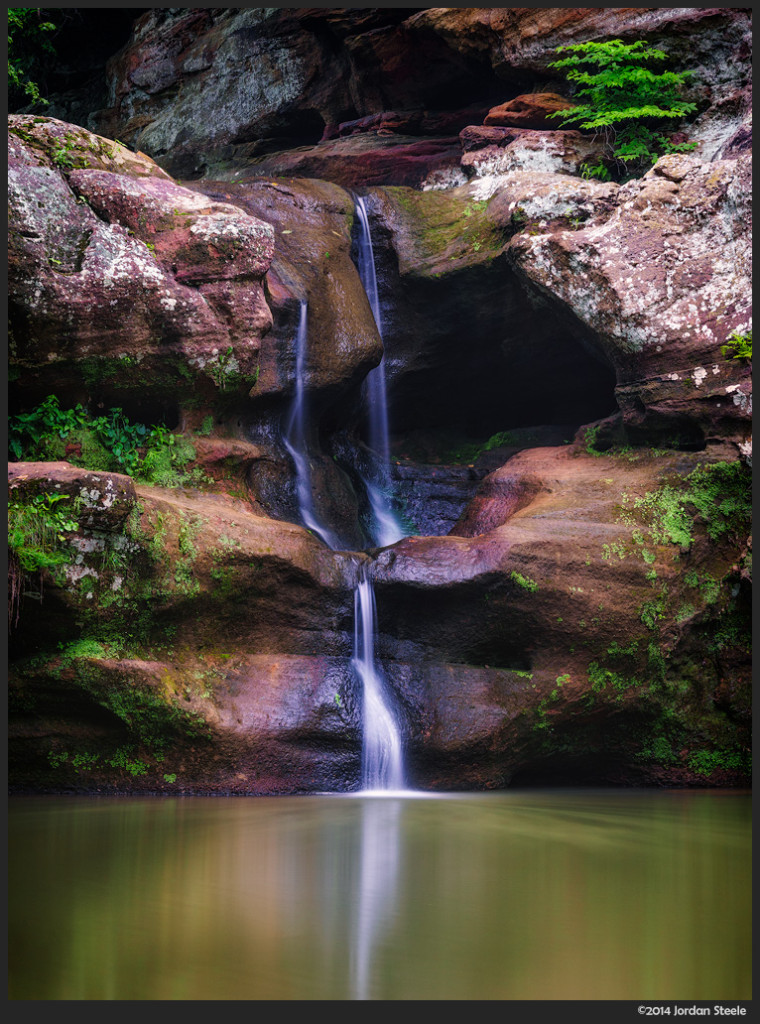
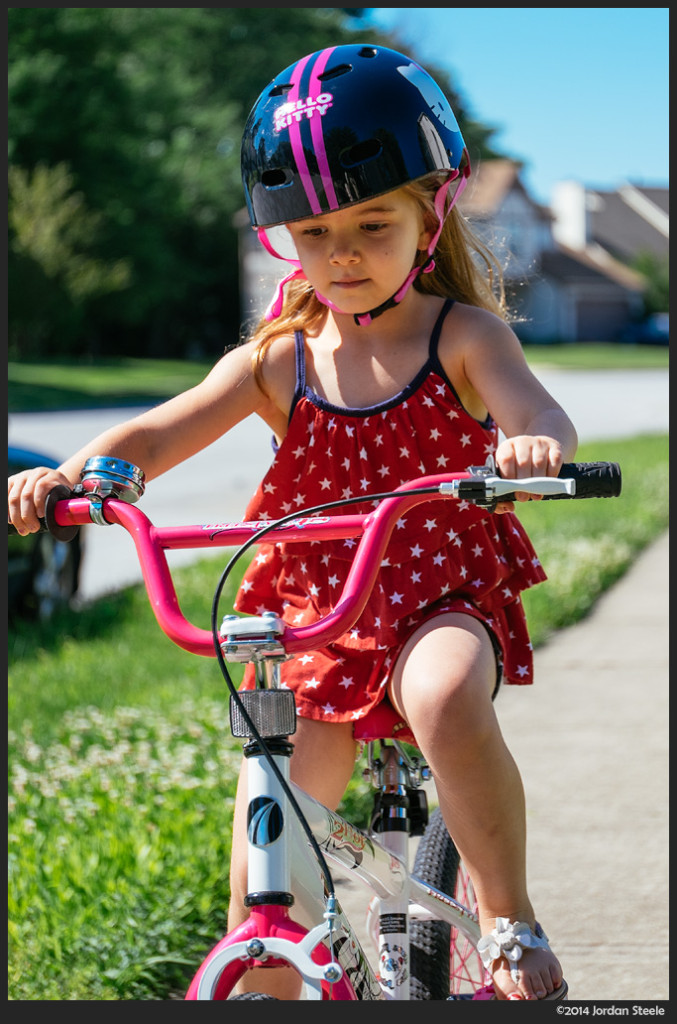



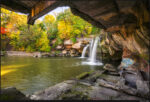

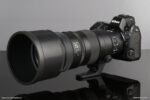
Leave a Reply